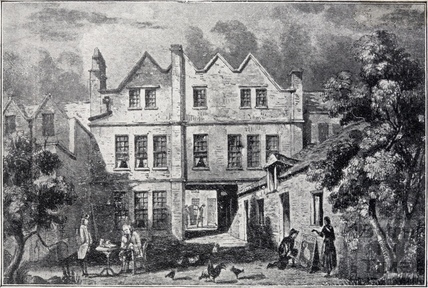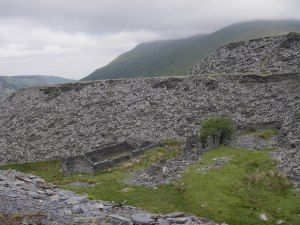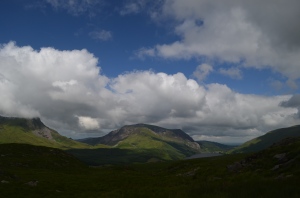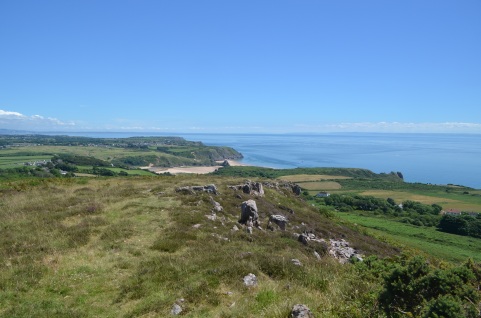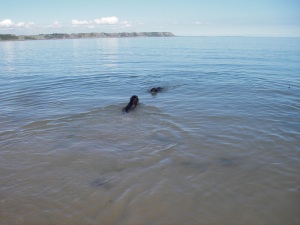The Art of Deception
or Pride and Extreme Prejudice
Welcome to Weekend Writing Warriors. This week continues a spy story set in late Georgian England, the year before Trafalgar. Last week, after service, she escorted ‘her charge’ Lucy to visit Mr Spode and delivered the details of a proposed trip to Bath. Roderick and his companion await them in Bath. They’re staying in the Pelican, a “historic” coach inn even in the regency. The great Doctor Johnson had stayed there. Hopefully, they’d changed the sheets since then.
“Roddy, old chap, we can afford a much better place than this; it’s old and out of the way.”
“I know, which is precisely why I chose it.”
“But I can’t entertain Miss Haytor here,” Edward stated his real objection.
“True, hire a parlour at the York or the Bell if you want, or simply take her to the pump room.”
“Have you tasted the waters?”
“Thoroughly disgusting and therefore good for you.”
“You are not being helpful, Lord Fitzpatrick.”
“Seriously, Edward; this is for the best; you don’t know anything about the lovely Lucinda; if her companion weren’t so dashed smoky I’d gladly push your case.”
“She’s a sweet, lovely innocent-”
“Accompanied by a skilled French spy; I hope, for your sake, she’s been duped by the dashing Miss Mapleton or Miss Green … if either of those are her real name, which I doubt; because otherwise she’s for the drop.”
Now that you’ve read my hackery, please see the talented writers in Weekend Writing Warriors.
My apologies for creative punctuation.
 The Pelican was not fashionable. This picture, from the 1920’s, shows the stables. It was relatively inexpensive, and out of the way on the London side of town. Fashionable people stayed at places like “The York Family Hotel” or “The Christopher.” The Christopher was rebuilt after those dashed Germans bombed it, but is now out of business. You can still stay in the York. The Pelican survived into the twentieth century but was demolished before world war 2.
The Pelican was not fashionable. This picture, from the 1920’s, shows the stables. It was relatively inexpensive, and out of the way on the London side of town. Fashionable people stayed at places like “The York Family Hotel” or “The Christopher.” The Christopher was rebuilt after those dashed Germans bombed it, but is now out of business. You can still stay in the York. The Pelican survived into the twentieth century but was demolished before world war 2.
Like poor Cecelia, “The Curious Profession of Dr Craven” is back from the dead.
I’ve released a sweet regency romance, Miss DeVere  This is a fun read.
This is a fun read.
Frankenkitty is available.
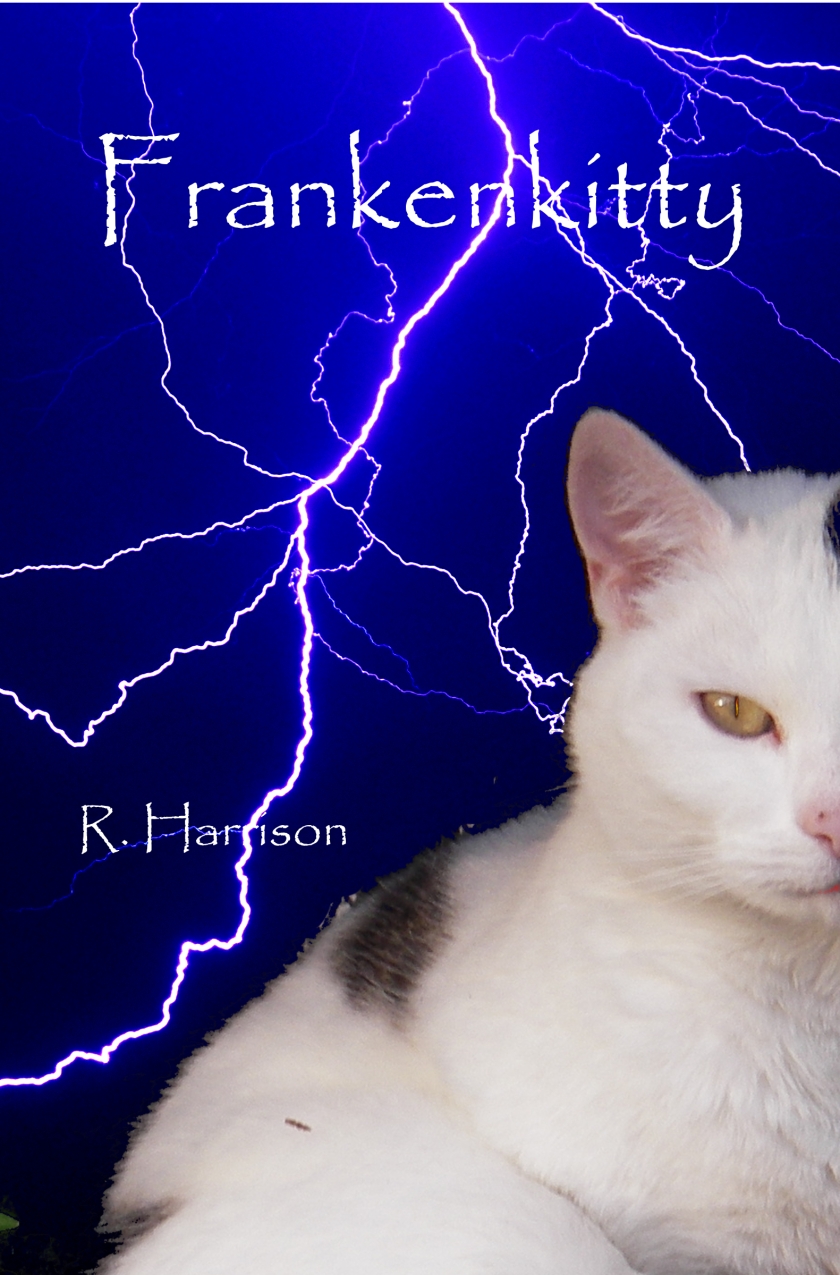 What happens when teenagers get to play with Dr Frankenstien’s lab notebooks, a few odd chemicals and a great big whopping coil? Mayhem, and possibly an invitation to the Transylvanian Neuroscience Summer School.
What happens when teenagers get to play with Dr Frankenstien’s lab notebooks, a few odd chemicals and a great big whopping coil? Mayhem, and possibly an invitation to the Transylvanian Neuroscience Summer School.

